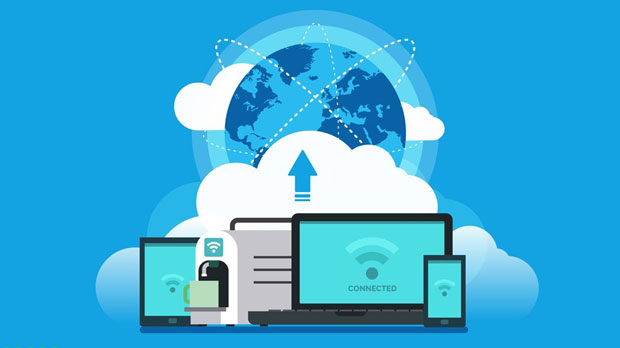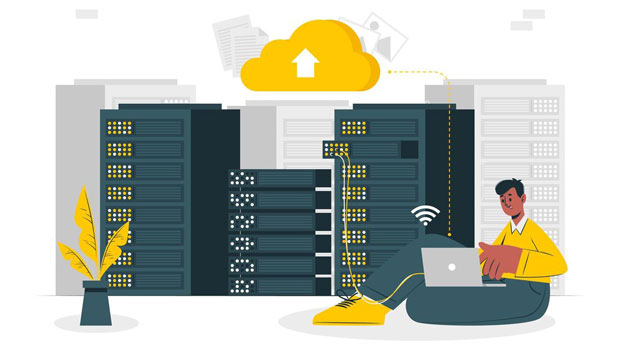PYPROXY Proxy Company offers a comprehensive suite of proxy services, with a significant IP pool size and features that cater to diverse needs. Their IP pool is robust, comprising millions of residential, data center, and mobile IPs worldwide. This vast pool ensures clients can access geo-targeted content, safeguard their online anonymity, and enhance web scraping efficiency. Additionally, PyProxy supports automatic IP rotation, which is a crucial feature for clients engaging in high-volume tasks that require seamless, uninterrupted operation. With automatic rotation, users benefit from optimized performance, enhanced privacy, and reduced risk of blocking by target websites. In this article, we will explore in-depth the scale of the IP pool, the importance of automatic rotation, and how these features add significant value to users. Understanding the Scale of the IP Pool at PyProxy Proxy CompanyWhen discussing the effectiveness and capabilities of a proxy service, the size of its IP pool plays a pivotal role. A larger pool means more options for IP rotation, better circumvention of geo-blocks, and a reduced likelihood of being blacklisted or flagged by websites. PyProxy Proxy Company has invested heavily in ensuring that its IP pool is both extensive and diverse, with millions of IP addresses spread across various countries and regions. The IP pool can be divided into three main categories: residential IPs, data center IPs, and mobile IPs. Each type serves a unique function, contributing to the overall effectiveness of the proxy service.Residential IPs: Authenticity and TrustworthinessResidential IPs are often considered the most reliable and “natural” in terms of avoiding detection by websites. These IPs are assigned by Internet Service Providers (ISPs) to real households and appear as though they are coming from legitimate, everyday users. The vast residential IP pool of PyProxy is especially beneficial for use cases where authenticity is crucial—such as web scraping, accessing regionally restricted content, or maintaining anonymity during online activities.The residential IPs offered by PyProxy are distributed across various geographic locations, which allows users to simulate browsing from different parts of the world. This diversity helps in circumventing geo-blocks and accessing global content that might otherwise be unavailable. Moreover, having millions of residential IPs reduces the risk of a particular IP being flagged or blacklisted by websites.Data Center IPs: Speed and PerformanceData center IPs, while typically easier to detect than residential IPs, are known for their speed and reliability. These IPs are assigned by data centers and can be highly effective for high-volume tasks such as large-scale data scraping, online gaming, or other activities requiring quick, uninterrupted connections.PyProxy’s data center IP pool is one of the largest in the industry, providing users with access to fast, stable, and scalable IPs that are essential for tasks requiring high-speed internet connections. These IPs are spread across multiple data centers around the globe, which means clients can access geographically distributed IPs with minimal latency.Mobile IPs: Dynamic and Hard to DetectMobile IPs are a relatively newer offering in the proxy industry, but they have quickly become one of the most valuable tools for users who need a dynamic and hard-to-detect solution. These IPs come from real mobile networks, making them difficult for websites to distinguish from typical user traffic. Mobile IPs are particularly useful in scenarios where other types of proxies might trigger security systems or CAPTCHA challenges, such as accessing social media platforms, performing account management tasks, or scraping mobile-optimized websites. PyProxy’s mobile IP pool is continually expanding, providing users with a powerful solution for overcoming blocks and access restrictions.The Importance of Automatic IP RotationIn addition to a large IP pool, PyProxy Proxy Company offers automatic IP rotation, which is a critical feature for many clients. Automatic rotation allows proxies to change IP addresses at predefined intervals or after each request, which helps in several ways.Improved Anonymity and PrivacyOne of the main reasons for rotating IPs automatically is to enhance user anonymity and privacy. By regularly changing IP addresses, users can mask their real location and online activities, making it significantly more difficult for websites to track their browsing behavior or identify patterns.For businesses involved in web scraping or market research, IP rotation is essential to ensure that the operation remains undetected. Websites are likely to flag or block a single IP address if too many requests are coming from it within a short period. However, with automatic IP rotation, the requests are spread across a pool of IPs, making it less likely for any single IP to raise suspicion.Bypassing Geolocation RestrictionsAnother key benefit of IP rotation is the ability to bypass geolocation restrictions. Many websites serve different content based on a user’s geographic location. By rotating through IPs from different regions, users can access content that may be otherwise restricted to specific countries or regions.For instance, streaming services often limit access to their content based on the user’s IP address. With automatic IP rotation, users can switch between IPs from different countries to simulate being in various locations, thus accessing global content libraries.Preventing IP BlacklistingAutomatic rotation also helps in reducing the risk of IP blacklisting. If a website detects a high volume of requests from a single IP, it may block that address to prevent further traffic. This can be a major issue for businesses that rely on consistent access to a target website. By rotating IPs automatically, PyProxy ensures that requests are distributed across many different addresses, minimizing the chances of any single IP being blacklisted.Optimizing Web Scraping and Data CollectionFor users engaged in web scraping or data collection, automatic IP rotation is essential for maintaining an efficient operation. Web scraping often involves sending numerous requests to websites, and without rotating IPs, it is easy for the target site to detect abnormal traffic patterns. By rotating IPs frequently, users can ensure that their scraping operations remain undisturbed, allowing them to gather the necessary data without encountering blocks or delays.Conclusion: Maximizing Efficiency with PyProxyPyProxy Proxy Company’s extensive IP pool, combined with the ability to automatically rotate IPs, provides users with a powerful and reliable solution for a wide range of online tasks. Whether you are a business involved in data scraping, a marketer looking to bypass geo-restrictions, or simply someone seeking enhanced privacy and security, PyProxy’s offerings ensure optimal performance and efficiency. With their diverse range of residential, data center, and mobile IPs, coupled with automatic rotation, PyProxy stands out as a comprehensive and robust proxy service provider. Clients can trust that their online activities will remain smooth, secure, and anonymous, no matter the scale or complexity of the task at hand.
Oct 15, 2025


































































